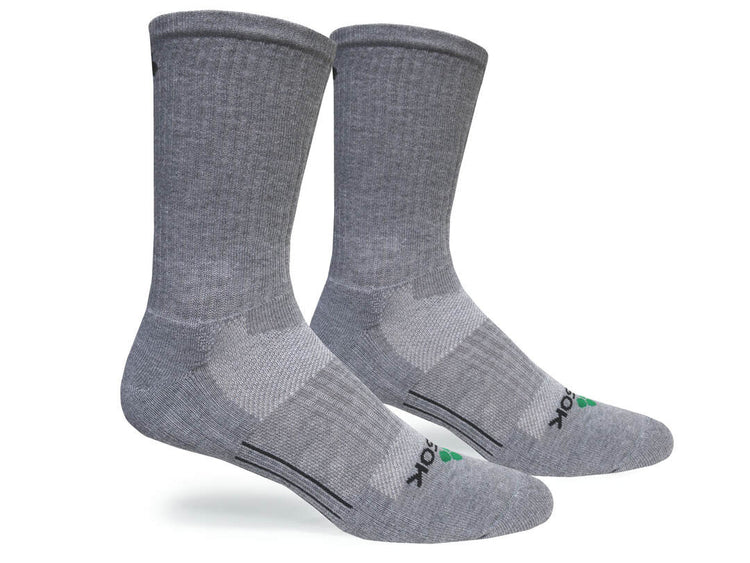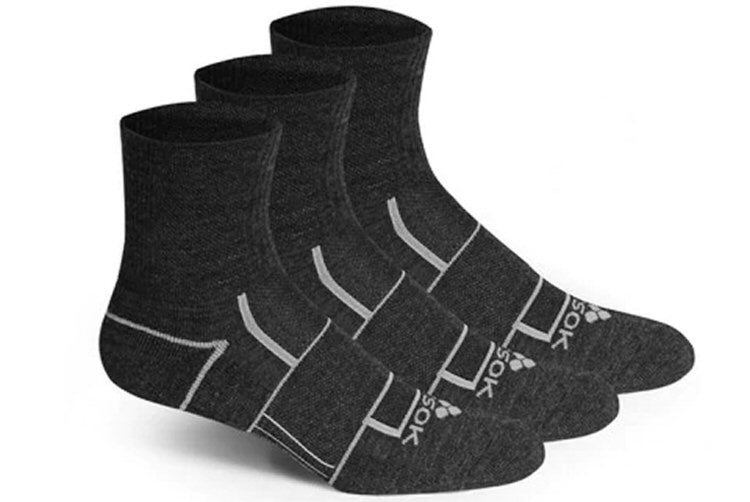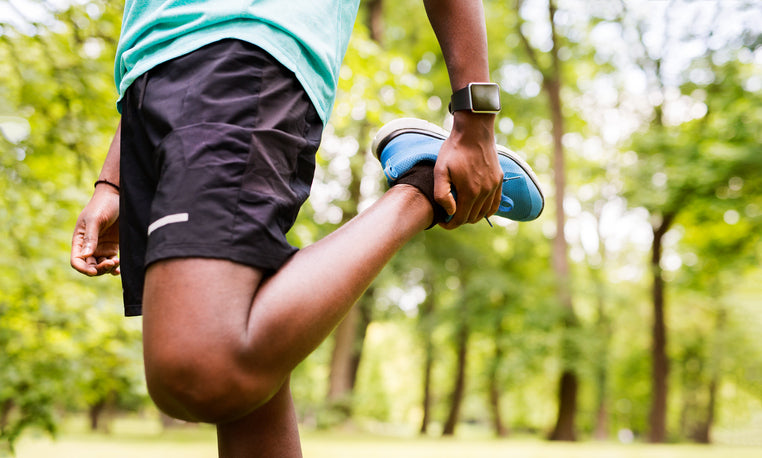An extensive list of mental and physical benefits accompanies regular exercise, particularly running. Whether you're a long-distance runner, an interval runner, or anything in between, you can reap the benefits of lower blood pressure, healthy aging, and dozens of other advantages. Many runners know that stretching is an essential part of pre-workout preparation, but not all runners stretch for an adequate amount of time or perform them correctly. There are many ways that stretching not only improves your run but also lends its own health benefits.
People who are new to the sport and are seasoned runners can make their miles count by performing five to ten minutes of dynamic stretching before a workout and six to seven minutes after a run. For even more benefits, incorporate stretching into your daily routine, whether you're hitting the track that day or not. Daily stretching and stretching before and after workouts contribute to a healthier and more comfortable lifestyle in many different respects.
The Importance of Stretching for Runners:
To get the most out of your run, you must adequately prepare your body for its workout. Stretching is beneficial to your muscles and enhances your range of motion as you engage in exercise. Our muscles contract and shorten while we are in a seated position, but the muscles are forced to stretch while running. Stretched muscles are far more prepared to run because of their ability to handle and resist stress. Skipping a five to ten-minute stretching session before a run means that you could be reducing many of the run's benefits, forcing your muscles out of a seated position too quickly, and potentially putting yourself at a higher risk of injury.
1.) Enhances Flexibility: While stretching before a workout is beneficial, regular stretching can produce even more benefits for general flexibility. Increased stretching leads to more flexibility in your connective tissues and muscles. Start your stretching regimen gently, as it's common for muscles and joints to feel stiff at the start of a new stretching routine. Over time, as you become more flexible, you can stretch further, and your muscles will feel looser.
2.) Decreases Muscle Stiffness: By loosening up your muscles and improving flexibility, your run will be more comfortable, and you may even see performance improvements. The short-term benefits of stretching that lead to enhanced comfort and possible improved performance also lead to long-term benefits like slowing joint degeneration. Over time, chronically tense muscles can begin to cut off their own circulation resulting in a lack of blood flow and oxygen. Keeping muscles loose by stretching prevents the risk of poor muscle circulation and preserves joints, so you can keep running for years into the future!
3.) Relieves Aches Post-Exercise: Not only is stretching important before your run, but taking a few minutes to stretch out afterward will lessen post-exercise aches and pains. Stretching as part of your cool-down will reduce the shortening and tightening effect of muscles that often occurs post-workout and keeps your muscles loose.
Benefits of Stretching in General:
Stretching before a run enhances your workout's quality and preserves your body's athletic condition. Regular stretching goes beyond workout benefits by providing various benefits for your entire body, whether you're a runner or not.
1.) Improves Posture: You can improve your overall posture by taking time to stretch daily. Stretching your back, shoulders, and chest muscles align the upper body and improve posture. Proper alignment and good posture lead to dozens of other health benefits, including reducing pain, improving blood flow, increasing energy, and more!
2.) Reduces Stress: Our body often feels the physical manifestation of our mental stress. When muscles naturally tighten in response to stress, tension can be eased with regular stretching and relaxation. The effects of stretching leave many people feeling energized and refreshed. The physical release of muscle tension and the meditative mental break that accompanies stretching contribute to lower cortisol levels (stress hormones) in the brain.
3.) Reduces Injury Risk: Everyone, especially runners, should take the necessary steps to reduce the risk of preventable injuries. One sudden movement on the track or even at home can lead to injuries that slow you down for weeks. Since stretching increases your joints' range of motion and flexibility, you can decrease their resistance and prevent injuries during any physical activity.
Types of Stretching:
The two types of stretching have different purposes that should be used at different times throughout your workout for maximum benefits. Static and dynamic stretches can be used at different points to prepare your body for the type of run or workout you plan to do.
1.) Static Stretching: This type of stretching requires you to sit, stand, or lie still and hold a position for several seconds. It is a great way to improve flexibility, and static stretches should be repeated several times to optimize their effects. Their primary purpose is best served through a cool-down or maintenance stretch because they may not prepare you to make fast movements in the way dynamic stretching warms up specific muscle groups. Some common types of static stretches include calf stretches, glute stretches, back stretches, and any other area of your body that needs enhanced flexibility.
2.) Dynamic Stretching: These stretches are controlled movements that prepare your body for a workout. Since dynamic stretches require you to move your body and get your heart pumping, these are excellent low-intensity warm-ups that increase muscle temperature and decrease muscle stiffness. Activating your muscles' full range of motion, this type of stretching improves speed and agility. Some common types of dynamic stretches include side shuffles, power skips, walking lunges, and backpedal jogs.
Remember that stretching should never be painful. As you lengthen your muscles, you may feel some discomfort, but the discomfort should never lead to pain. Everyone, especially runners, should incorporate stretching into their daily routine. The short-term and long-term benefits of stretching will allow you to get the most out of your run and continue doing so for years to come.
Sources:







Leave a comment
This site is protected by hCaptcha and the hCaptcha Privacy Policy and Terms of Service apply.